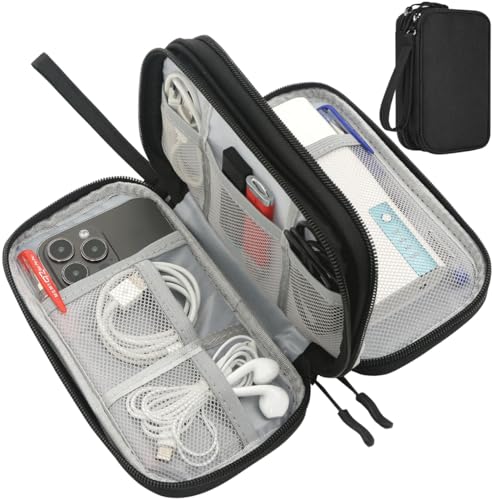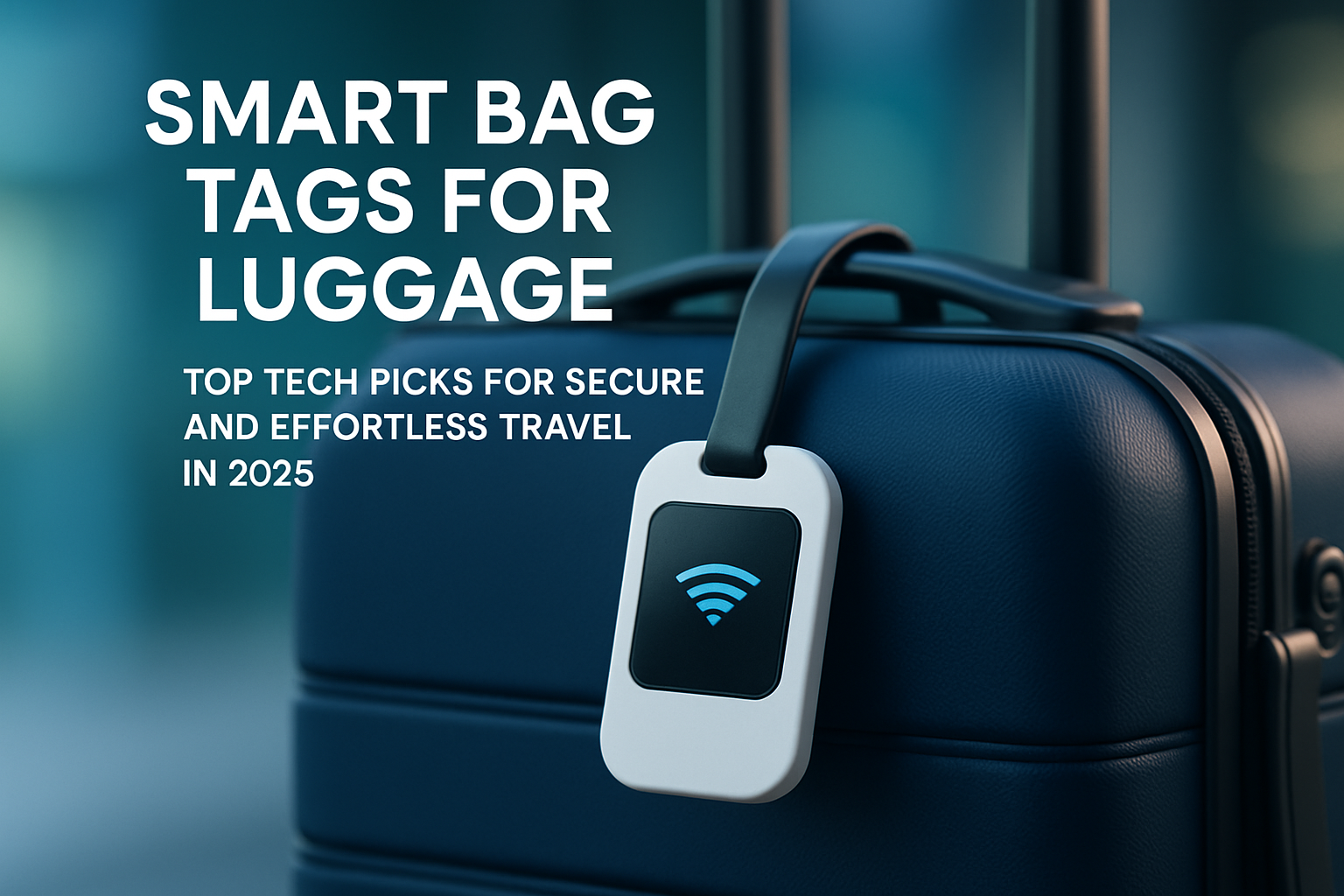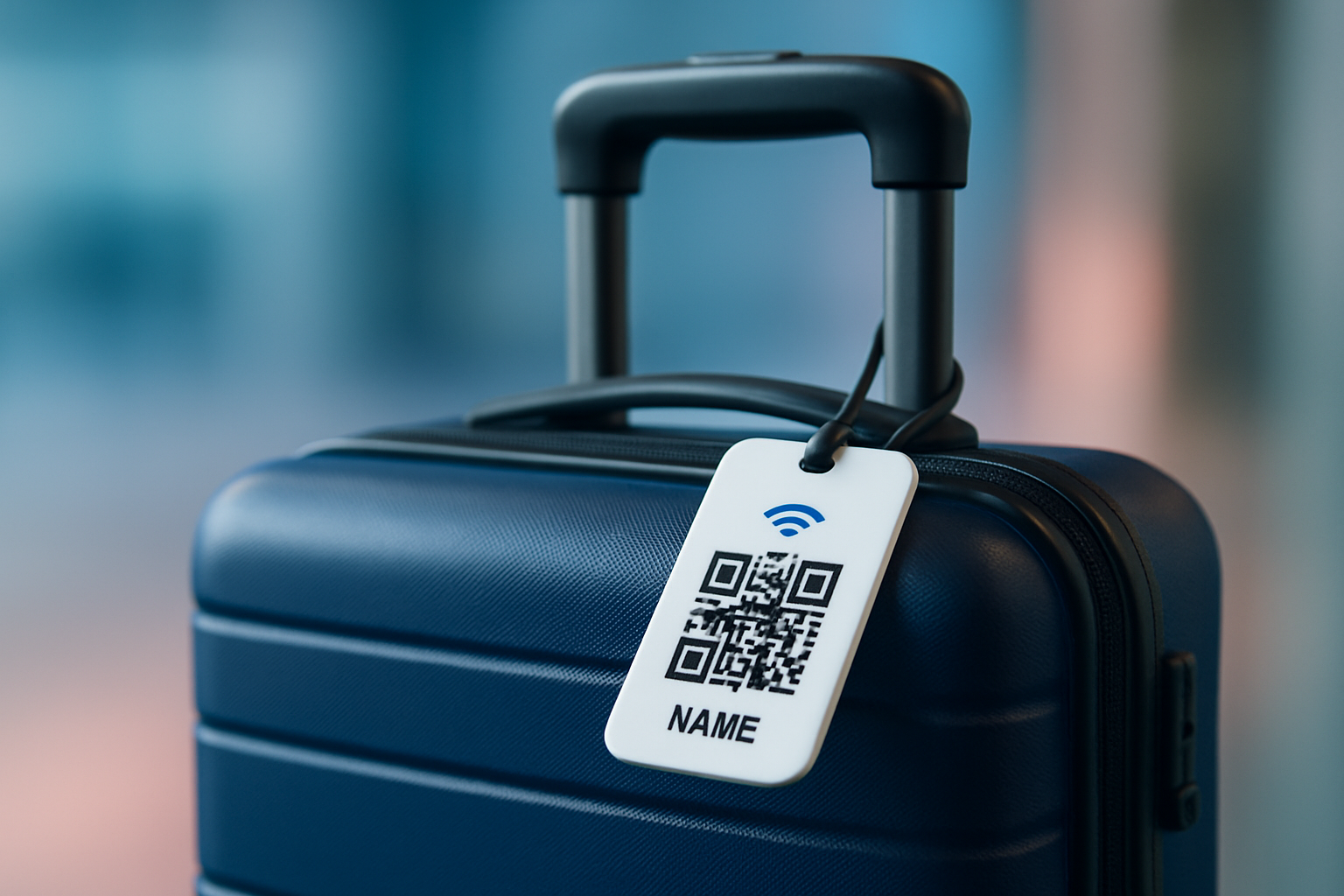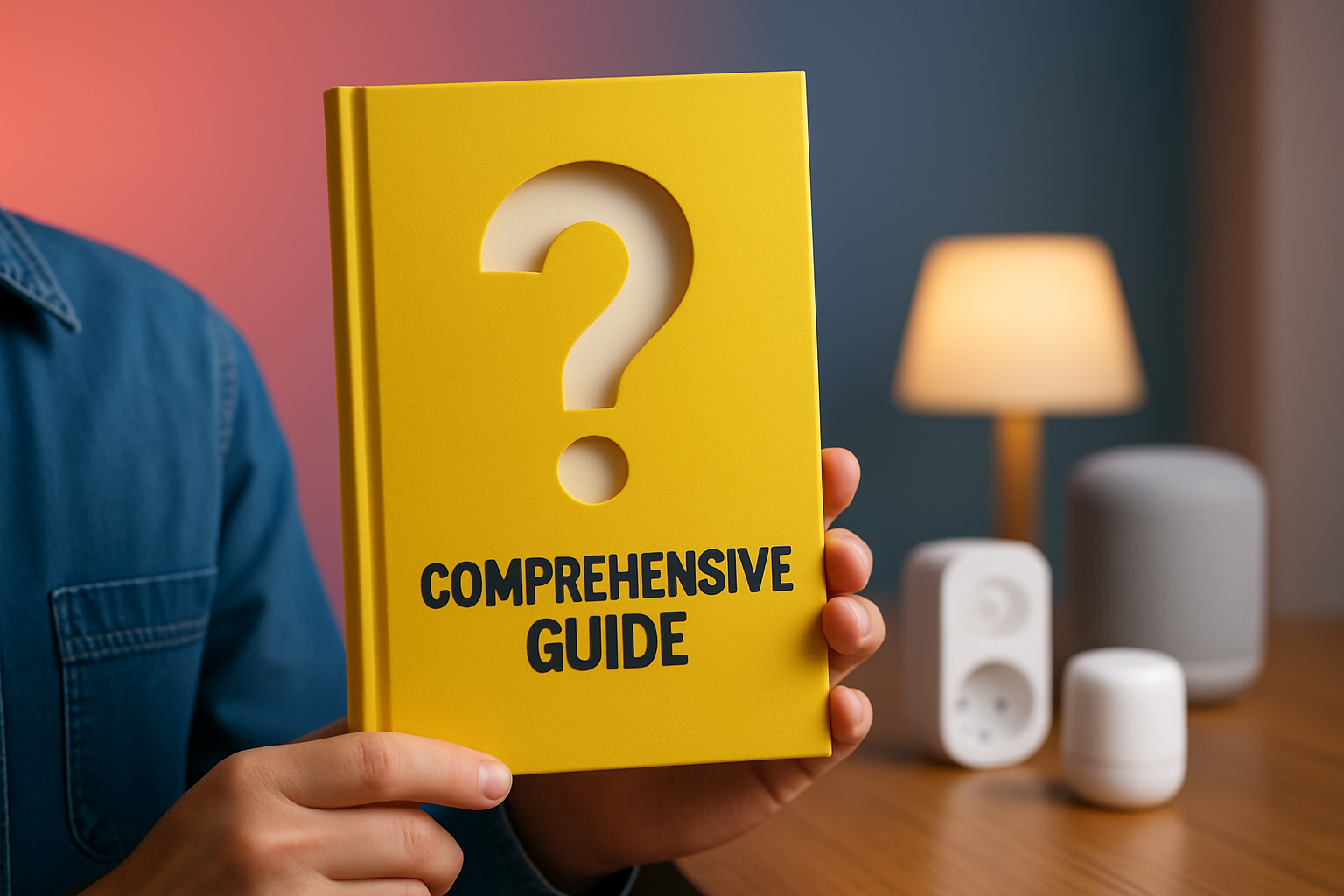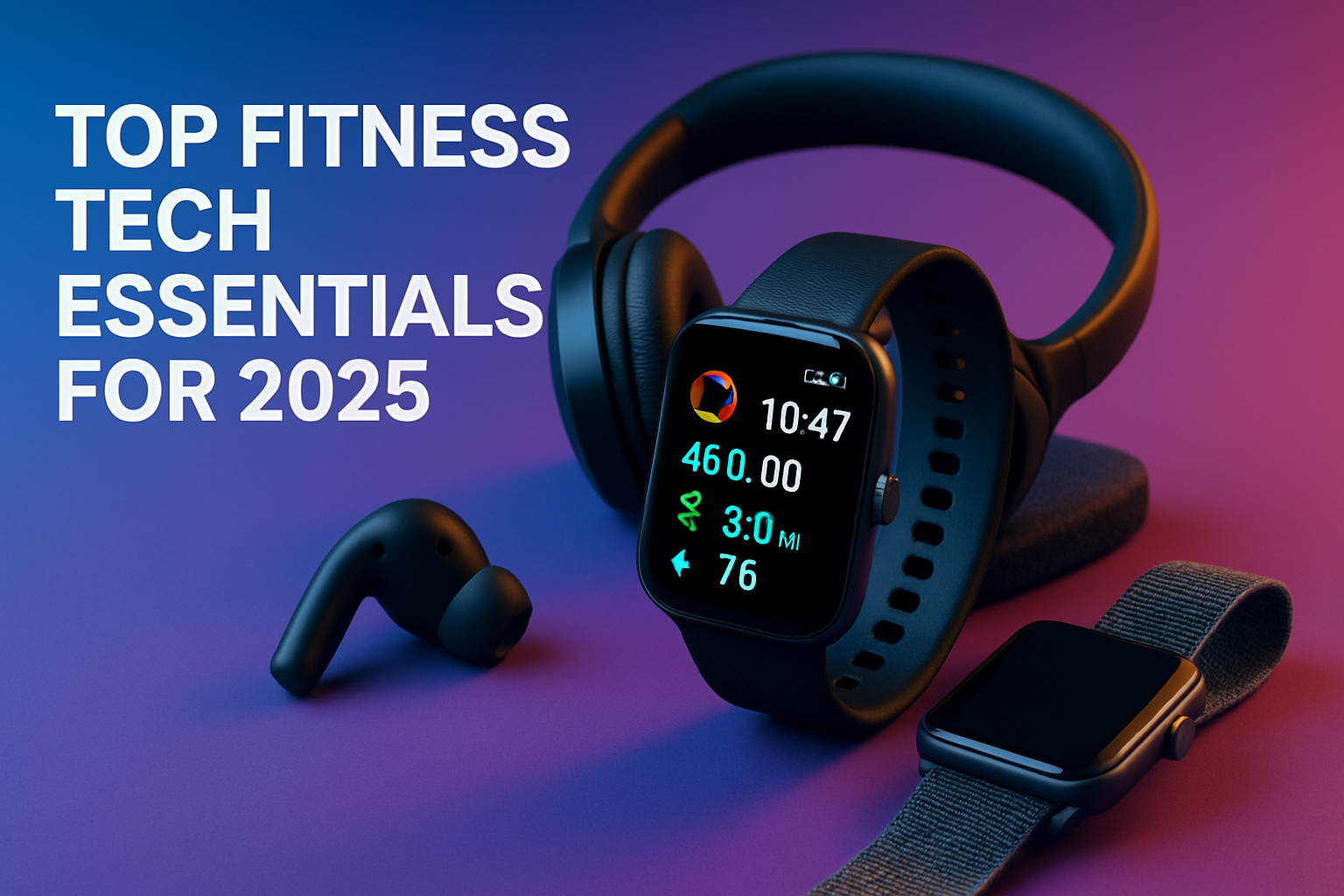Explore The Best Waterproof Electronic Accessories
Best Waterproof Electronic Accessories
Who this guide is for and what you’ll learn
If you work outdoors, travel with tech, swim regularly, boat, or simply want reliable gear that survives a spill or shower, this guide is for you — and for a quick curated list of must-haves, see the top waterproof electronic gadgets you need to know about.
How to Read IP and IPX Ratings (Practical Explanation)
IEC 60529 format and what the digits mean
The International Electrotechnical Commission’s IEC 60529 standard uses the format IPXY. The first digit (X) rates protection against solids like dust (0–6); the second digit (Y) rates protection against liquids (0–9K). If you see IPX it means the device either wasn’t tested for solids or that the manufacturer omitted the solid-particle rating; IP6X means dust-tight.
Translate common ratings into real-world limits
IP68 is manufacturer-specific but commonly covers 1.5–3 meters for 30–60 minutes — always check the exact test parameters, and consult the ultimate guide to waterproof high tech travel gadgets for modern travelers for travel-tested device recommendations.
Depth vs time vs dynamic pressure — why numbers aren’t the whole story
IP ratings describe controlled lab tests. They don’t always account for dynamic forces like splashes at speed, waves, or pressure changes when diving. Manufacturers sometimes publish detailed test parameters (e.g., freshwater vs saltwater, static immersion vs dynamic pressure) — prefer devices with explicit test reports. If the manufacturer states “IP68 to 2m for 60 minutes in freshwater,” that’s safer to rely on than an unqualified “IP68” label alone.
Water-Resistant vs Waterproof: What Those Terms Mean
Practical definitions and marketing traps
Always look for an explicit IP, WR, or ATM rating; for chargers, cables, and small accessories, consider using best cable organizer bags cases to keep them dry and organized.
ATM ratings and watches
For watches, ATM (atmospheres) or WR (water resistance) ratings are common: 5 ATM or WR50 generally means suitable for showering and swimming, while 10+ ATM (WR100) is for snorkeling and some watersports. For scuba diving, rely on dive certifications such as EN13319 or purpose-built dive computers rather than wristwatch WR alone.
Sealing Methods & Construction Details
Best Waterproof Electronic Accessories
Common sealing methods
Manufacturers use several proven approaches to keep water out: molded gaskets and O-rings for lid and port seals; glued or ultrasonic-sealed seams; protective port flaps; magnetic or pogo-pin charging systems that avoid open conductive ports; and fully potted electronics where critical circuits are encased in resin. Each method has trade-offs in repairability and longevity.
Materials and corrosion-resistant finishes
Saltwater is the real test. For corrosion resistance, look for marine-grade 316 stainless steel, titanium, or aluminum with robust anodizing and anti-corrosion coatings. Elastomeric gaskets use silicone or fluorosilicone to resist salt and oils. Plastic housings, when UV-stable and engineered for impact, can outperform corrodible metals in marine settings.
Recent Tech & Industry Trends (2023–2025)
PCB-level coatings and hydrophobic treatments
From 2023 onward, more manufacturers have applied conformal and nano-coatings (Parylene, fluoropolymer sprays, and superhydrophobic treatments) to PCBs and connectors. These coatings reduce failure from micro-droplets and improve survivability when devices are intermittently wet. The industry now often combines hydrophobic coatings with mechanical seals for layered protection.
Sealed USB-C, magnetic charging, and standardization
Waterproofing for USB-C improved with IP-rated Type-C assemblies and ruggedized connectors from industrial suppliers. Magnetic alignment standards such as Qi2 (for wireless charging) and standardized magnetic/pogo-pin charging for wearables have gained traction as safer options for frequently wet devices. Expect to see more devices avoid exposed metal charging ports entirely in favor of sealed magnetic or wireless charging.
Product categories maturing for water use
There’s been growth in IP68 true-wireless earbuds designed for pool use, purpose-built swim MP3 players and bone-conduction solutions, and action cameras offering deeper native waterproofing without housings. More brands now publish exact IP test parameters rather than just labels — a welcome transparency trend for buyers.
Universal Buying Criteria (How to Compare Any Waterproof Accessory)
Key factors to weigh for every purchase
Compare gear by these core criteria: use-case fit (swimming vs boating vs hiking), explicit IP/IPX rating details (depth and time), materials and corrosion resistance, charging method and battery safety, warranty and water-damage policies, and practical features like weight, mounting options, and price. Always verify whether the manufacturer’s IP tests used freshwater or saltwater.
Comparison checklist items
Prioritize the following when comparing products: exact IP test parameters; saltwater-resistant materials (316 stainless, titanium, or coated aluminum); sealed charging solutions (magnetic/pogo/wireless); battery specs and supported fast-charging standards; warranty terms for water incidents; and portability/mounting options that fit your activities.
Top Waterproof Electronic Accessories: Expert Picks & Buying TipsPhones & Cases
Phones & Cases
Case IP rating and phone retention of manufacturer IP
Look for cases with explicit IP68 certification or dedicated submersible housings. Note that many phone manufacturers test phones without third-party cases; adding a case can help but may not preserve the phone maker’s IP claims. For dive-level or heavy marine use, choose fully sealed housings that specify the depth and duration they protect to — e.g., housings rated to 10–30 meters for snorkeling and shallow diving.
Sealing system (integrated gasket vs external waterproof pouch)
Integrated gasket cases (like heavy-duty shell cases) offer everyday protection with better usability; external waterproof pouches provide universal fit and often higher submersion depth but reduce touchscreen usability and can cloud camera clarity. Choose pouches with clear optical windows and tested closure systems (zip-lock plus secondary clamp), and replace O-rings regularly if the case provides them.
Touchscreen usability, camera port quality, and wireless charging compatibility
Higher-end cases use thin, optically clear windows so touch and camera performance remain good underwater or in hover conditions. If you rely on wireless charging (MagSafe/Qi2), confirm the case is compatible; some heavy waterproof housings block charging, necessitating sealed magnetic adapters or wireless charging stations that accept the case thickness.
Bulk, access to controls, and warranty
Sealed housings add bulk and may restrict button or microphone access. Check the case warranty and whether the maker offers water-damage coverage or testing guidance; some premium brands provide repair or replacement for verified defects in sealing methods.
True-Wireless Earbuds & Swim-Specific Earbuds
True-Wireless Earbuds & Swim-Specific Earbuds
Waterproof rating for submersion
For daily runs and commuting, IP67–IP68 TWS earbuds are adequate against sweat and rain. For lap swimming or open-water training, choose purpose-built swim earbuds or waterproof MP3 players with secure fit systems; these are often certified specifically for submersion and prolonged use in chlorinated or freshwater pools.
Secure fit and charging sealing
Look for ear tips, fins, or earhook designs that stay put during vigorous strokes. Check how charging is handled: are charging contacts protected from water? Many swim-specific models use sealed charging cases or fully self-contained MP3 units with internal storage to avoid exposing charging pins to water repeatedly.
Audio quality, latency, and warranty
For training apps or cadence cues, low latency matters; Bluetooth can be limited underwater, which is why many swimmers prefer MP3-style players or bone-conduction options. Warranty policies vary—some swim-focused brands explicitly cover submersion, while mainstream TWS warranties often exclude water damage.
Portable Waterproof Speakers
Portable Waterproof Speakers
IP rating and floatability
Choose speakers rated at least IP67 for poolside or beach use; IP68 adds confidence if occasional submersion is expected. Floatable designs reduce loss risk on water and are especially useful on small boats. If you’ll use speakers at sea, prioritize materials and coatings resistant to saltwater corrosion.
Audio power, battery life, and charging method
Match watts and battery life to your activity—short dock parties need more output; day-long trips require long battery life. Check charging: sealed USB-C ports, magnetic chargers, or wireless charging pads are safer around water than exposed ports.
Mounting, materials, and warranty
Look for straps, clips, and tie-down points for marine use. Materials should be UV-stable plastics, coated metals, or replaceable fabric covers rated for saltwater. Confirm warranty and whether water incidents are covered.
Power Banks & Portable Power
Power Banks & Portable Power
IP rating and capacity
Most mainstream power banks are only splash-resistant. For boating or wet-field work, choose purpose-built IP67/68-rated units (some rugged brands like OUTXE and industrial makers provide these). Consider capacity in Wh as well as mAh to compare real-world output and airline compliance if you travel by air.
Outputs, charging protection, and pass-through
Check supported output types (USB-A, USB-C PD, PD 3.1) and whether ports are sealed or accessed behind protective flaps. If you need to charge the bank while powering devices, confirm if pass-through is supported and whether the manufacturer warns about doing so in wet conditions.
Durability and recharge time
Look for rugged power banks with drop ratings and temperature tolerance for outdoor use. Solar-capable power stations are useful for extended trips but require care to keep charging contacts clean and dry.
Chargers, Cables & Connectors
Chargers, Cables & Connectors
Connector IP rating and sealing when mated
Not all waterproof cables keep the connection sealed when plugged in. Industrial-grade waterproof USB-C assemblies and bulkhead connectors from reputable manufacturers offer true sealing when mated. For consumer gear, sealed magnetic chargers or wireless pads are often the most reliable option for wet use.
Compatibility with charging standards
Ensure cables and adapters support your device’s charging standards (PD, QC, PD 3.1). A waterproof connector that only supports slow charging may not be practical for power-hungry devices. Verify whether the cable remains sealed under load and if the connector is keyed to prevent orientation mistakes.
Durability and repairability
Assess flex-cycle ratings, abrasion resistance, and whether spare parts or replacement seals are available. Marine-grade jackets (TPU or polyurethane) and saltwater-proof terminations extend lifetime in harsh environments.
Smartwatches & Dive Computers
Smartwatches & Dive Computers
WR/ATM ratings and dive certifications
For pool work and lap counting, a 50-meter WR (5 ATM) is typically adequate. For snorkeling and light water sports, look for 10 ATM or WR100. For scuba, rely on devices certified to dive standards such as EN13319 or dedicated dive computers with depth sensors and dive-mode algorithms. Apple Watch Ultra models and many GPS watches from Garmin, Suunto, and COROS target these categories.
Dive features, sensors, and materials
Dive-capable devices offer decompression tracking, dive logs, and sometimes air integration. Choose corrosion-resistant metals (titanium bezels, stainless backplates) and straps designed for wet use (fluoroelastomer, nylon with quick-dry properties).
Battery life and charging options
Check battery life in typical use and in GPS/dive modes; magnetic or sealed pogo-pin chargers are common and generally safer than exposed ports. Also confirm manufacturer service and replacement parts for seals and charging cables.
Action Cameras & Housings
Action Cameras & Housings
Native waterproof depth and housing extension depth
Some action cameras (e.g., modern flagship models) are waterproof to 10 meters without housing; with housings, depth can be extended to 40–60 meters for diving. Always check the camera’s native rating and the housing’s tested depth. Housings should list pressure and temperature testing parameters for clarity.
Image stabilization and lens port considerations
Stabilization performance can change underwater due to refraction and drag. Lens port material (glass vs acrylic) affects scratch resistance and clarity; glass ports resist impact and scratching but can be heavier. Anti-fog inserts and active ventilation inside housings help prevent condensation on colder dives.
Mounting, buoyancy accessories, and audio
Use floating mounts or tethers to prevent loss. Underwater audio is limited—external mics typically require special housings or waterproof mic solutions; check whether housings accept external audio accessories.
Saltwater Use: Corrosion & Maintenance Considerations
Materials and coatings that resist saltwater
Salt accelerates corrosion. Prefer 316 stainless, titanium, or anodized aluminum with marine-grade coatings. Non-metal housings (ABS, polycarbonate with UV stabilization) avoid galvanic corrosion. For connectors, gold-plated contacts and conformal-coated PCBs improve longevity.
After-use routine
Rinse gear thoroughly in fresh water after salt exposure, gently shake excess water from ports, dry with a lint-free cloth, and let devices air-dry in a ventilated area. Remove straps and covers to dry separately. Use silica-gel desiccants in storage and inspect seals for cracks or deformation regularly.
Charging & Battery Safety (Wet Devices & Charging Practices)
Safe charging rules
Never plug a cable into a device with visible moisture in the port. Many devices have liquid-detection sensors and will block charging to avoid short circuits; heed these warnings. If submerged, follow the manufacturer’s drying instructions—do not apply heat beyond gentle air-drying, and avoid hairdryers or ovens.
When to allow charging after exposure
Many manufacturers recommend waiting until ports and seals are fully dry; this can take several hours to days depending on design. If a device uses a sealed magnetic or wireless charging method, risk is lower—but confirm the maker’s guidance. If in doubt, open removable covers (only if manufacturer allows) and allow the device to dry in a low-humidity environment with desiccants.
Maintenance, Cleaning & Drying Best Practices
Step-by-step maintenance routine
1) Rinse saltwater with fresh water immediately after use. 2) Wipe down and remove visible salt deposits with a soft, lint-free cloth. 3) Remove straps, bands, and removable covers and let them air-dry separately. 4) Use low-pressure compressed air for crevices (keep pressure low to avoid forcing water deeper). 5) Store devices with silica gel packs in a ventilated container. 6) Replace gaskets and O-rings annually or at the first sign of wear.
When to seek professional service
If you detect persistent moisture inside a device, corrosion on contacts, or a device fails moisture-detection checks, get professional service. Attempting DIY repairs on sealed, potted electronics often voids warranty and may worsen corrosion.
Warranty, Certifications & What to Watch For
Warranty fine print and water damage exclusions
Many standard warranties exclude accidental water damage. Look for brands that explicitly offer water-damage coverage or sell optional protection plans for aquatic use. Read the terms carefully: some warranties cover factory defects in sealing but not user-induced failures (improperly closed ports, expired O-rings, etc.).
Validate IP testing claims
Good manufacturers publish test parameters: depth, duration, water type (fresh vs salt), and dynamic vs static testing. If a product only claims “water-resistant” without specifics, treat that as splash protection, not submersion readiness.
Where to Buy & Shopping Tips
Trusted retail channels and what to avoid
Buy from manufacturer stores, authorized dealers, or specialty outdoor and marine stores that honor warranties and offer post-sale support. Avoid gray-market imports lacking official warranty coverage. For niche swim or dive gear, purchase from reputable specialty retailers that can advise on fit and maintenance.
Return policy and real-world validation
Check return and testing policies; some retailers allow brief in-water testing in controlled conditions. Read recent user reports and forums for real-world IP validation and common failure modes before buying.
Use-Case Buying Flow & Quick Recommendations
Shower-proof & everyday splash
Choose lightweight IP67 cases or water-resistant earbuds (IPX4–IP67 depending on expected exposure). Prefer sealed wireless or MagSafe-compatible charging for daily convenience. For watches, 5 ATM is usually enough for showering and pools.
Boating & saltwater
Prioritize IP67/68 devices with marine-grade materials, floatable speakers, and power banks with secure lanyard mounts. Rinse gear after use and inspect seals often. Magnetic charging or sealed USB-C assemblies are preferred for frequent exposure.
Swimming & triathlons
Use swim-rated earbuds or bone-conduction options, and fully sealed phone housings in boat bags. For multisport watches, ensure the device supports swim metrics and that straps are quick-dry and secure for transitions.
Actionable Checklist Before You Buy
Pre-purchase verification checklist
– Confirm explicit IP rating and manufacturer test parameters (depth, duration, freshwater vs saltwater).
– Check charging method (fully sealed wireless or magnetic) and whether charge contacts are exposed when charging.
– Verify whether the warranty covers water incidents or if you need additional protection.
– Confirm availability of spare parts (gaskets, O-rings) and recommended maintenance intervals.
– Read recent user reviews for real-world performance and common failure modes; prefer sellers who honor returns for verified water tests.
Appendix: Quick IP/Rating Cheat Sheet & Visuals to Include
IP cheat sheet and visuals
Include a simple chart translating IP numbers to plain-language expectations (e.g., IP00 none, IP44 splash resistant, IP67 short-term submersion 1m/30min, IP68 device-specific 1.5–3m/30–60min, IP69K high-pressure washdown). Visuals to include: an IP rating chart, an illustration comparing O-ring/gasket vs magnetic sealed charging, and product photos (phone case, earbuds, speaker, power bank, smartwatch, action camera). Recommended image placeholders:  ,
,  ,
,  .
.
Conclusion & Final Buying Tips
Final practical advice
Match the IP rating and construction to your actual use-case, prefer sealed charging methods for frequent water exposure, and maintain seals through rinsing and periodic inspection. When in doubt, trust explicit manufacturer test parameters and verified user reports over generic marketing claims. Start with freshwater shallow testing rather than deep-water trusting, and avoid relying on a product to survive beyond its published limits.
“Layered protection—mechanical seals plus modern nano-coatings—gives the best real-world reliability. If you plan to use gear in saltwater regularly, prioritize materials and replace seals proactively.” — Dr. Laura Chen, materials engineer specializing in corrosion-resistant coatings
Use the checklist before buying, keep spare gaskets on hand, and choose magnetic or wireless charging where possible to minimize exposure of conductive ports. With the right gear and maintenance, you can confidently take your tech to the pool, the boat, and the trail.
Discover the latest in innovative technology tailored for modern adults by visiting Best High Tech Gadgets for Adults. This dedicated online platform offers in-depth reviews, insightful comparisons, and expert recommendations on cutting-edge gadgets like laser tape measures, waterproof travel backpacks, Swiss watches, and makeup train cases—perfect for those who demand high performance and style. By exploring their curated content now, you’ll gain the knowledge to choose the perfect high-tech tools that elevate your daily life and keep you ahead of the curve. Don’t wait—click through today and empower yourself with the best in adult-focused tech innovation!




